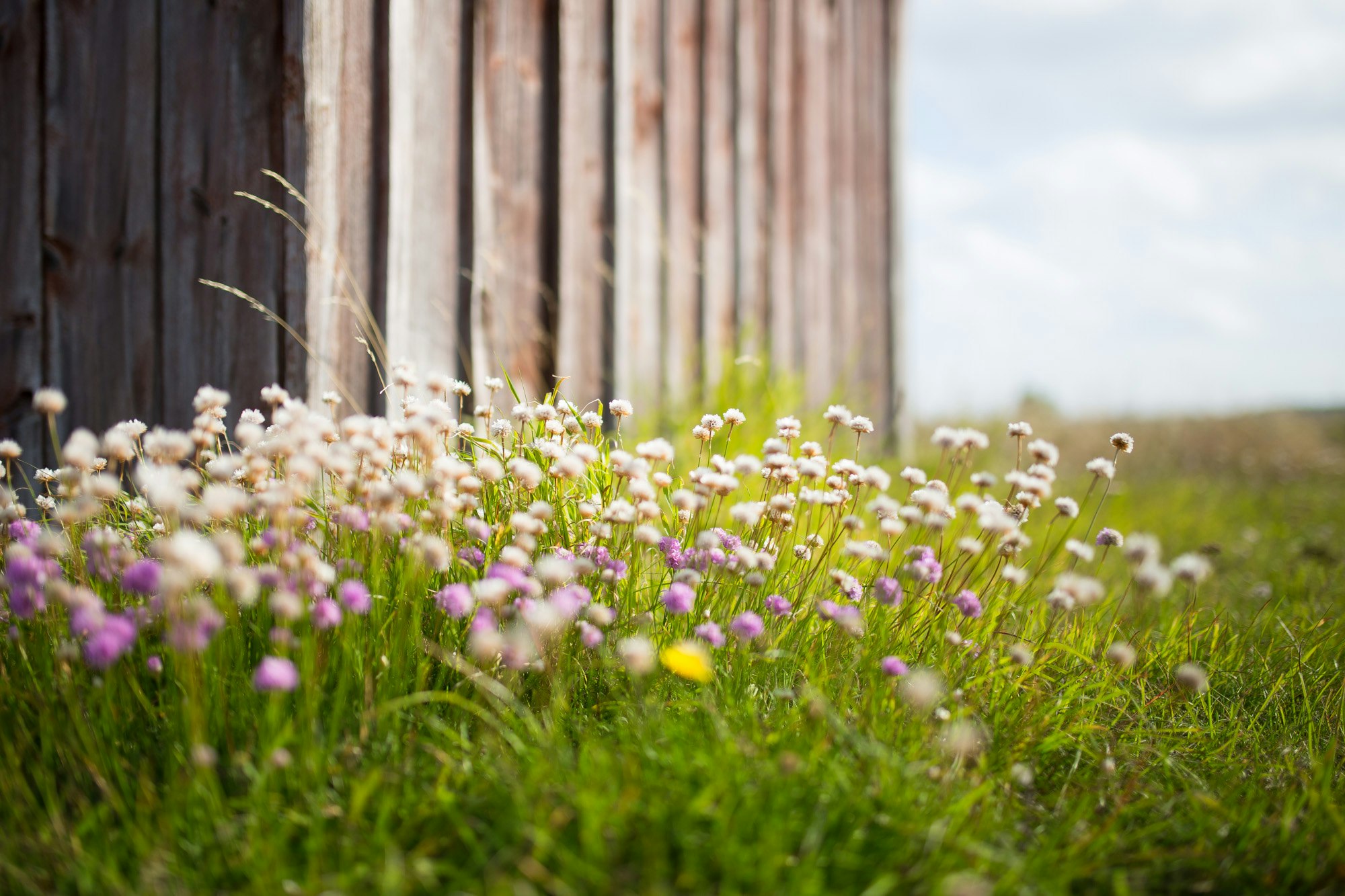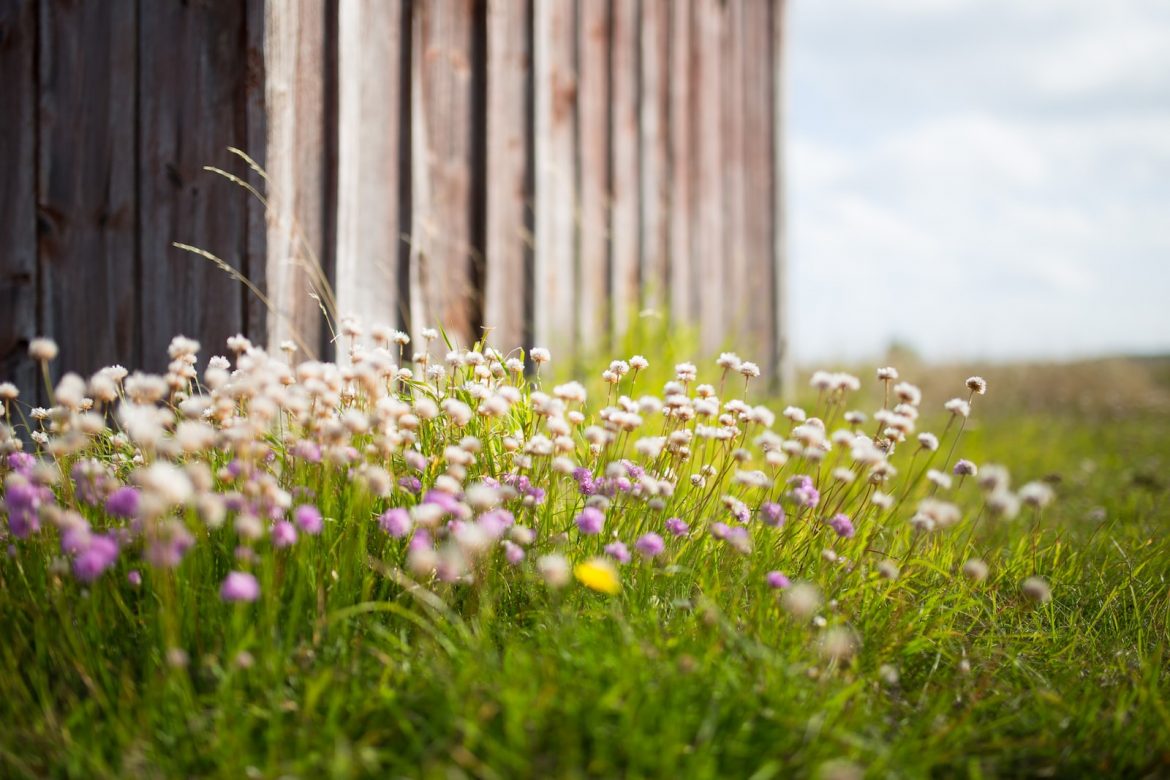by Vidhya Chintala, originally posted on Circlewood‘s blog The Ecological Disciple as part of of their Practical Earthkeeping feature, here.
Every time we go on a family walk or hike, Sashi, my husband comments, “Isn’t it amazing how God takes care of all the plants, bushes, insects, and birds here? No one (human) waters or feeds them.” God’s design of landscaping and habitats is sustainable and nurturing for all members of His creation. It is this awesome creativity of our Creator that is our guide to restoring and caring for our Earth, through whatever he has endowed us with—our homes, our family, and our communities. In this article, we will explore a very important and basic member of this habitat that we can welcome into our yards, gardens and communities—the native plants.
What is a Native plant?
A native plant is one that occurs naturally in a region, ecosystem, or habitat, without any human introduction or intervention. They have developed a symbiotic relationship with the other plants and wildlife in the ecosystem, and have adapted to the soil and climate of the region—often over several centuries and millennia. Native plants have come into significant scientific and public attention in recent years, as a means to restoring our soil and water health, and preventing habitat loss for the local wildlife and insects. They are increasingly used in restoration projects after wildfires, floods, or road construction for their ability to regenerate and recover naturally in the area (US Forest Service).

Why Native Plants in our backyard/garden?
The answer to this lies in understanding and accepting that our homes, our yards and our gardens affect our local ecosystems, and form a part of the habitat of the local wildlife. For example, the pesticides and fertilizers we use on our lawns and plants seep through the soil, affecting soil health and quality that sustains the millions of living organisms with in it, which in turn affects the insect population, which ultimately affect the bird and other wildlife of the ecosystem. In addition, the chemicals in the soil get carried into our local waterbodies polluting them, affecting the health of wildlife and those depending on them.
1. Providing a Sustainable and Nurturing Habitat for Local Wildlife
Native plants do not require regular use of fertilizers or pesticides, and in fact have fewer pest issues than exotic or non-native plants. They provide a sustainable source of food and habitat for the local wildlife, insects, and mammals by providing them with nutritious food, shelter, and safe places to raise their young ones. The nectar, pollen, seeds, fruits/berries, and nuts of the native plants are essential to the diet of the local wildlife. Some plants, such as milkweeds, are critical to the survival of Monarch butterflies, which have recently been added to the IUCN endangered list (The International Union for Conservation of Nature). While the adult butterflies can feed on the nectar of various flowers, the larvae feeds only on the leaves of the milkweed plant. And the native species of the milkweed plant have been found to be the most helpful to protect the monarch butterflies.

2. Protecting and Restoring the Ecosystem through Soil and Water Health
Because their deep roots are more tolerant to extreme climatic conditions, native plants require less water, energy, and human effort. I can personally attest to this with my lawn, which is predominantly microclover with a mix of Pacific Northwest native grass. Both this summer and the last we saw some extremely hot days, but we have not had to water or mow more than twice throughout the season. Our lawn not only stayed green throughout but provided a nutritious meal to the visiting honeybees when the microclovers flowered. We haven’t had the need for a fertilizer either, as microclover is a nitrogen fixing plant. It was a win-win on all counts! And this holds true for all the Native plants we have planted in our yard.

Native plants nourish the soil, water, and insect life! Their deep root system not only helps prevent soil-erosion and storm water run-off, but improves the soil by adding organic matter deeper down. This increases carbon sequestration, improves infiltration leading to cleaner water bodies, and benefits many soil organisms and insects. We can never forget that soil is alive, and that this life impacts all the plant, animal and wildlife depending on it through a natural cycle of interdependence.
Where and how do I start?
My family and I started by learning more about the native plants that belonged to our region (the Pacific Northwest), and adding them to our backyard. Local county conservation offices and their websites, native plant nurseries, arboretums, and online websites are all great places to learn and buy native plants. A couple of good places to start would be the USDA plants database and the National Wildlife Federation native plant finder.

NOTE: It is important to make a distinction between open-pollinated, naturally-bred native plants and their hybrid/variegated versions referred to as cultivars. Native plants are cultivated to make them more attractive by changing their leaf color, size, or hardiness to make it more adaptable to the home gardens. But the impact of such varieties on the wildlife is still being researched, and with regards to their ecological benefit, there seems to be more benefits from native plants that belong to the region over their cultivar varieties.
Adding Native plants to our food!
There are several native plants that can be good additions to our garden and our diet. They require less upkeep and effort compared to the seasonal, non-perennial varieties that are grown. Besides their ecological benefits, they are of great cultural value and heritage for Indigenous communities. I have added Huckleberry, Wild Ginger, Ferns, Nodding Onion and Miner’s Lettuce to my PNW yard. And I can attest to their value, as they keep standing beautiful even when all others have faded after their growing season. This is an online place where I learnt more and shopped for native plant foods: Native Foods Nursery.
Reflection Questions: What are some native plants of your region that you particularly like or enjoy? What are some native plants you planted or plan to add to your yard/garden? Please share in the comments section to support and encourage our ecological discipleship community.
Vidhya Chintala lives with her husband and daughter near Seattle, WA. She aspires that as a family, they will seek, learn, and do things within their means to care for people and creation.
It’s almost time to get those jingle bells ringing – let Godspace be a resource to you as you prepare! We offer many devotionals, gifts, prayer cards, free downloads, retreats, and more. Check it out in our shop under the category of Advent! You will also find many resources for Celtic Advent, traditional Advent, and Christmas under our resource page Advent, Christmas, New Years & Epiphany


